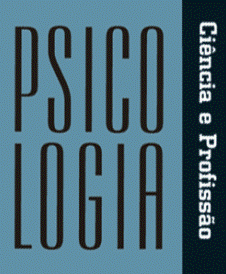Abstract
Based on an inventory of my own experiences, this paper explores the theme of accessibility and inclusion in the technological era. I was born blind, was educated using the Braille method because of the need for special education, and then embarked on the technological era, where the theme of accessibility and inclusion was revealed in both the research and the militancy fields. I start from a subjective premise already explored: to think of blindness as a place from which I can look at the world, but I go through to another side: How has the world looked at blindness? The conclusion presents a both promising and paradoxical scenario for accessibility and inclusion. Blind people have conquered the cybersphere, performing well on the web; however, accessibility barriers are forged every day in virtual environments, which directly impacts on the work and sociocultural lives of these individuals. A set of behaviors crystallized in the culture persists in the contemporaneity. These behaviors have gone through the whole history of blindness and can be configured as the phenomenon of invisibility in multiple socioeconomic and cultural processes.
Blindness; Technology; Accessibility; Inclusion; Journalism
